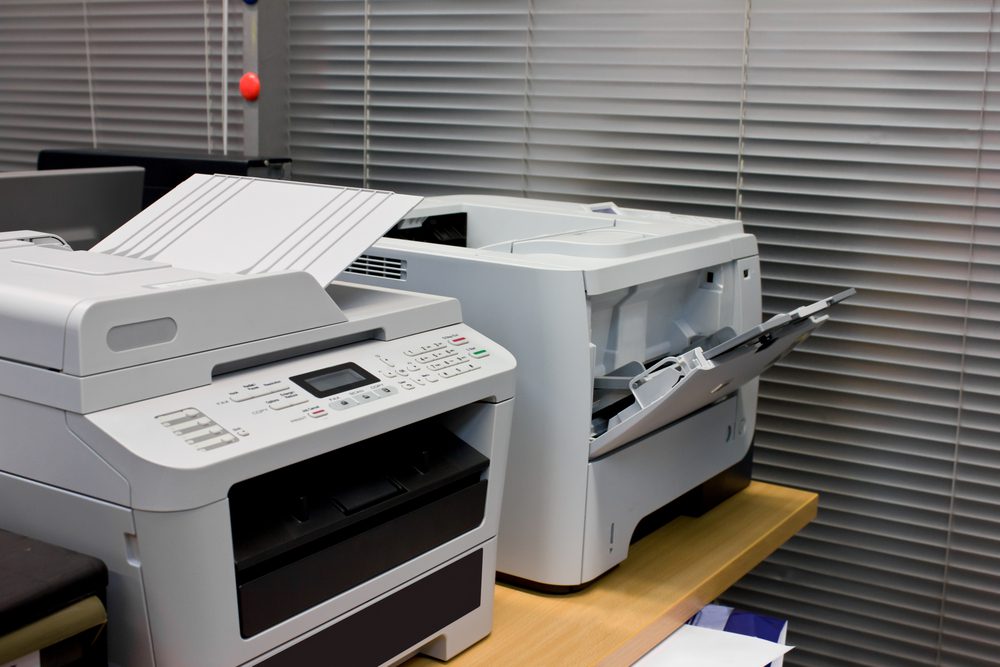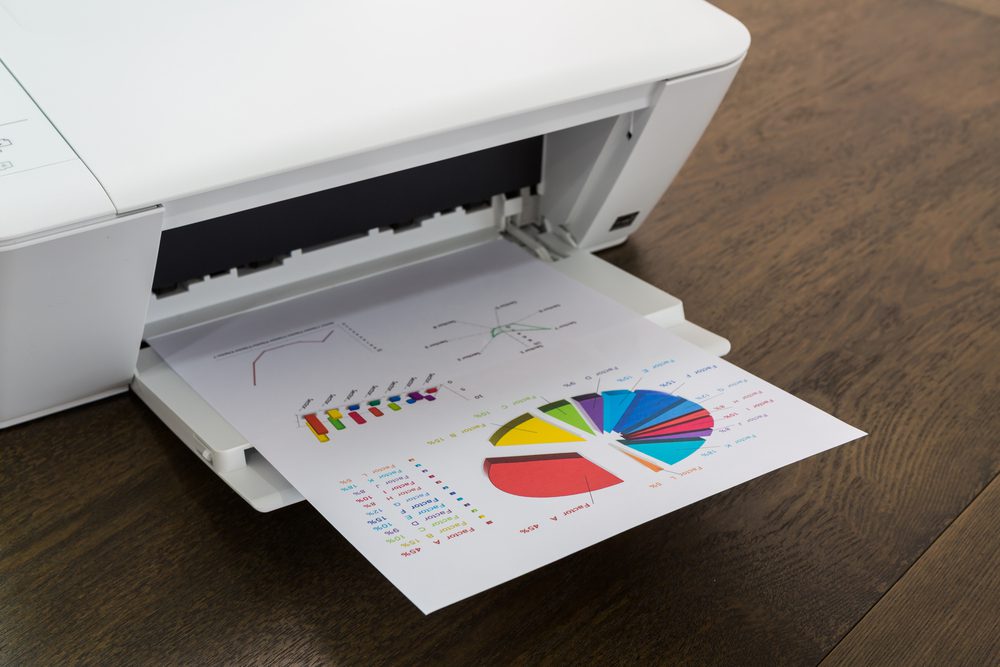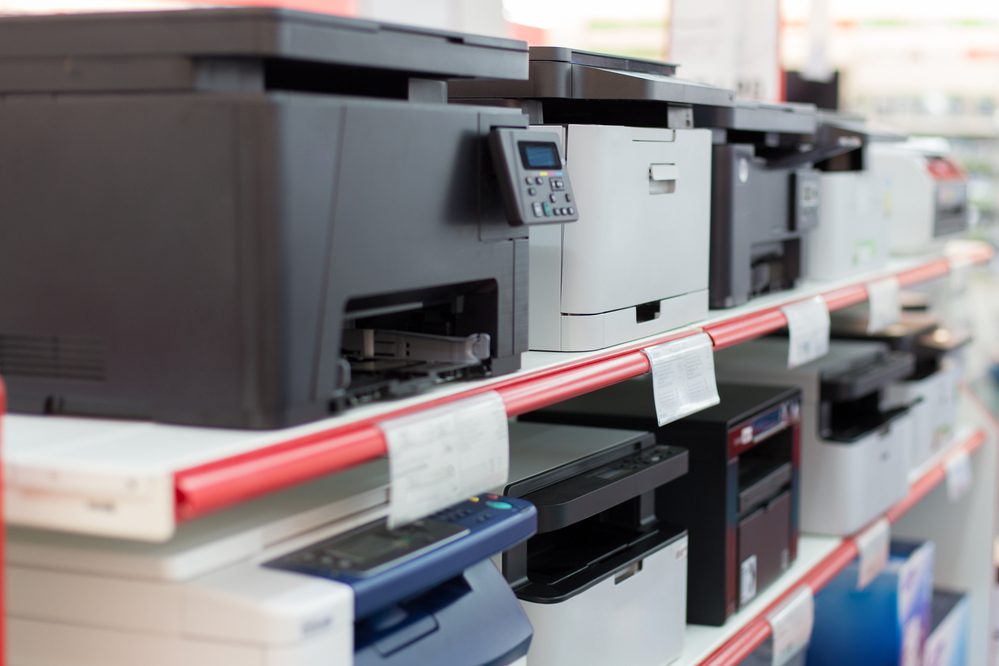Spis treści:
What are the characteristics of a laser printer?
One of the most common electronic devices is the laser printer. The scanner, with which most good appliances are equipped, allows them to be used in offices, public institutions, banks and even in households. Although many people use them on a daily basis, hardly anyone knows how they work.

The laser printer with a scanner seems to be particularly popular due to its unusual design and the use of specialised toners, i.e. powdered consumables. Customers’ attention is also attracted by very high efficiency of printing and copying documents.
All this makes many people identify this type of device with extremely sophisticated technology, although as it turns out in practice, laser printer with scanner, compared to its inkjet counterparts, is much simpler in construction.
How does a laser printer with a scanner work?
At its heart is a laser whose beam, in an extremely precise manner, illuminates a cylindrical photosensitive reel which has a negative electrical charge. It is located in the immediate vicinity of the toner feeder, so when charged by the laser beam it begins to attract the dye particles.

In the meantime, a laser printer with a scanner feeds a blank sheet of paper that runs on the same photosensitive reel, resulting in the transfer of toner particles to the paper.
Colour printing is also possible with modern laser devices. However, for this to be possible, the laser printer with scanner must be factory-equipped with a set of several photosensitive reels, which are also activated by the laser.
The final step is the heating of the printed sheet, which is achieved by feeding the paper to the fuser. In simple terms, it is a heated roller whose task is to melt the toner particles and, as a result, to permanently apply the printed pattern or text to the sheet. This is why freshly printed paper arriving at the feeder of a laser printer with a scanner is noticeably warm.
How is a laser printer with a scanner powered?
The basic consumable material used in laser printers is toner. This name refers to an extremely fine granulate of a strictly defined colour which is stored in tightly sealed cartridges.
The size of individual “grains” of toner is so small that it resembles powder to the naked eye. Current laser printers with a scanner use consumables whose single particle size is less than 10 microns.
This enables very high resolution that rivals traditional inkjet printers.

How does a laser printer with a scanner differ from its inkjet equivalent?
The main difference between both variants of devices is the exploitation material used to operate them. In the case of inkjet printers this is liquid ink, while laser devices use powdered toner.
Another fundamental issue that distinguishes both types of equipment is their speed. In this field, the laser printer with scanner is the clear winner. Due to its simple design, it is able to achieve several times more productivity, which allows for much more efficient printing of paper.

A laser printer with a scanner can also be a much more economical solution – even for households. Yes, the cost of such a device is usually slightly higher than the inkjet version, but the powdered toner is extremely efficient, so you can print many more pages per cartridge.
It is also worth mentioning another advantage that a laser printer with a scanner has over its inkjet counterpart – namely their reliability. Laser printers are not only able to cope with constant work in an office environment, but they also cope well with occasional use at home. This is due to the powdered toner, which is completely chemically inactive at room temperature. Therefore, a laser printer with a scanner is not exposed to the problem of nozzles drying up on their own, which allows for occasional use of a laser printer without fear of damage caused by too much downtime.
How useful was this post?
Click on a star to rate it!
Average rating 0 / 5. Vote count: 0
No votes so far! Be the first to rate this post.


